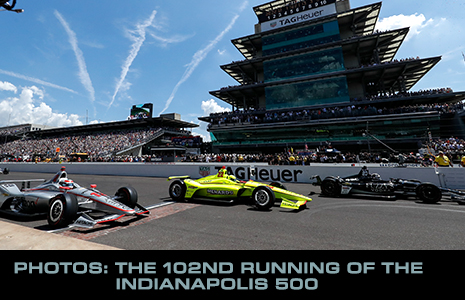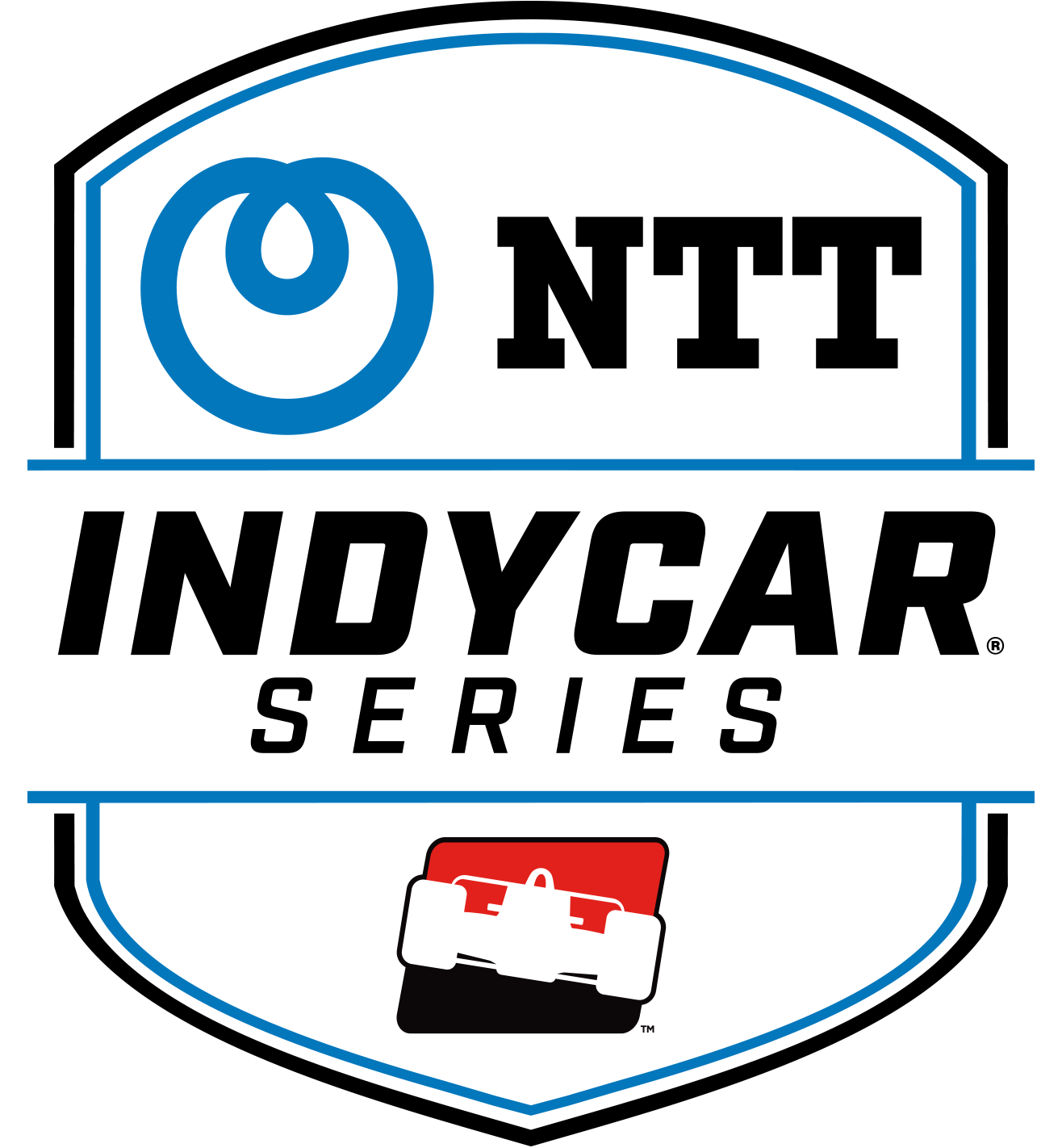Fuel game helps Dixon pull out third-place Indy 500 finish
MAY 27, 2018
INDIANAPOLIS – Chevrolet had superior power, but Honda had superior fuel mileage. Near the end of the 102nd Indianapolis 500 presented by PennGrade Motor Oil, three Honda drivers who weren’t expected to contend for the win did just that before pitting for fuel.
Another Honda driver, Scott Dixon, chased two Chevy drivers to the finish line to finish third.
The power vs. fuel scenario played out the way it was expected, Dixon said, but that wasn’t an excuse for not being able to chase down winner Will Power and runner-up Ed Carpenter to the finish line.
“It kind of seemed to play out that way, but I'm not going to blame it on that, that's for sure,” Dixon said after the race on Sunday. “I think we were put in a pretty good position there at the end. We tried to kind of figure out whether to keep going and hope for a yellow or try and save a bit of fuel. … We just missed a little bit today.”
 Oriol Servia was leading Stefan Wilson and Jack Harvey on a restart with seven laps remaining in the 200-lap race, but it was clear that all three Honda drivers would be close on fuel. Wilson passed Servia on the restart, but three laps later, Wilson and Harvey pitted for fuel, giving the lead to Power, whose Chevy went on to win.
Oriol Servia was leading Stefan Wilson and Jack Harvey on a restart with seven laps remaining in the 200-lap race, but it was clear that all three Honda drivers would be close on fuel. Wilson passed Servia on the restart, but three laps later, Wilson and Harvey pitted for fuel, giving the lead to Power, whose Chevy went on to win.
Dixon was in a similar situation as the other Honda drivers, but had made his final stop two or three laps later and had enough fuel to get to the finish.
“Right before the end of that caution, we tried to obviously take on as much fuel as possible, be the first in that scenario,” Dixon said of his Lap 160 stop. “We knew there was probably three or four others that were trying. Oriol looked like he was, a couple of others. But we really struggled on restarts today. The first and second gear just seemed to be way out of sync to the pace of what everybody was restarting. First (gear) to be on a limiter, second (gear) I was like a sitting duck, wouldn't accelerate. The gear was way too long.”
Several drivers suggested a heavier downforce package next year at Indianapolis Motor Speedway to help handling and prevent crashing. Eight cars crashed in seven incidents, six of them single-car spins.
Dixon disagreed with that assessment.
“The downforce level is maybe not necessarily the issue,” he said. “If the guy in front fumbles a little … you suck up (but) you can't pass him. It's almost like the cars need a little more drag to make that happen or maybe a little bit of downforce so you can stay closer (and) utilize it. Seemed like you had to come from quite a long ways back.”
Despite the single crashes, Dixon said he wasn’t concerned about his No. 9 PNC Bank Chip Ganassi Racing Honda.
“I've done it in Turn 4 before in the race,” he said. “My car, actually the rear felt pretty solid. I saw (Sebastien) Bourdais, his looked pretty interesting in the short chute there. I didn't see the replay. I saw it on the big screen when we were under caution. That's what looked like what happened. I didn't see what happened with (Tony Kanaan).
“The car is pretty tricky. It seems like you get a lot of understeer. At the end, if you get some clear air maybe from the car, if you get high on the car in front of you, it can snap around pretty quickly. I didn't have an issue with the rear of the car today.”
For Dixon, who won the race in 2008, the podium finish was his fourth in 16 Indy 500s. He leaves the race fourth in the 2018 Verizon IndyCar Series championship standings, trailing leader Power by 25 points.






















